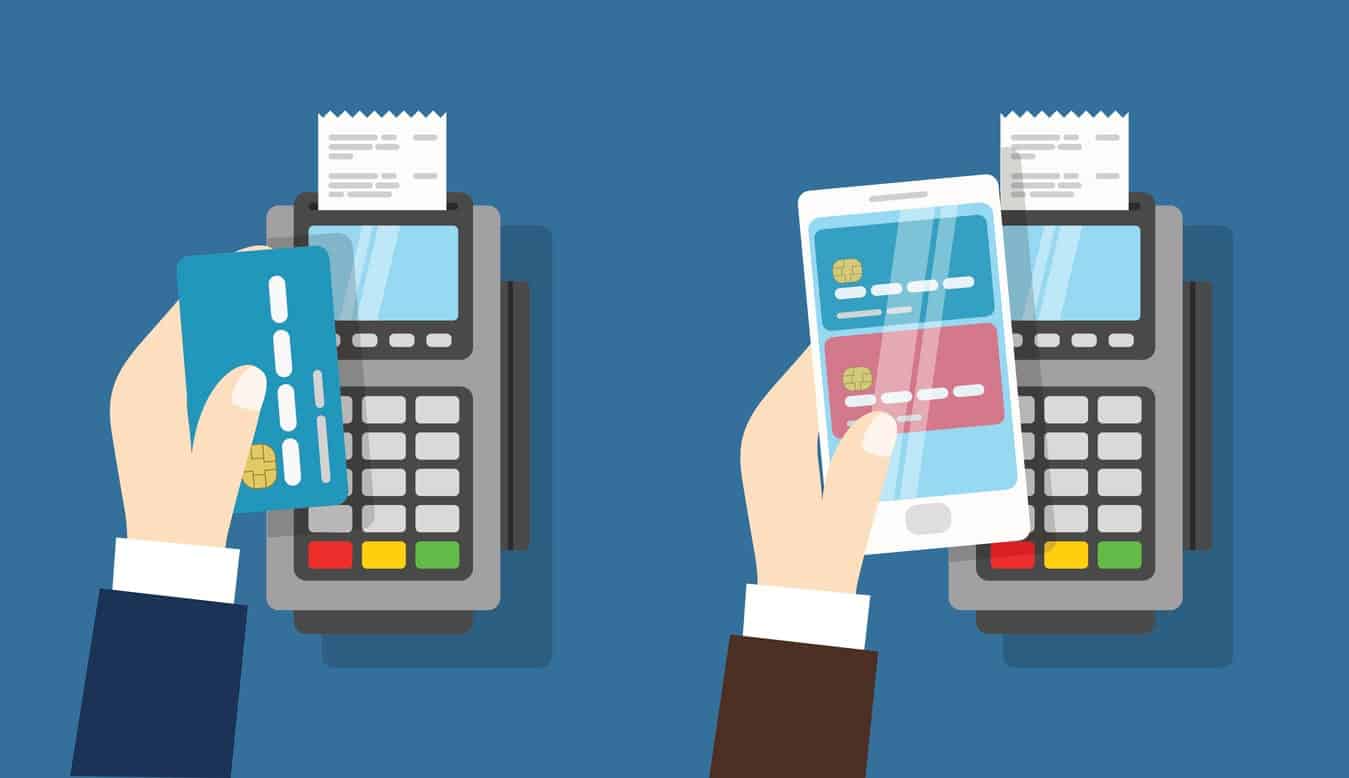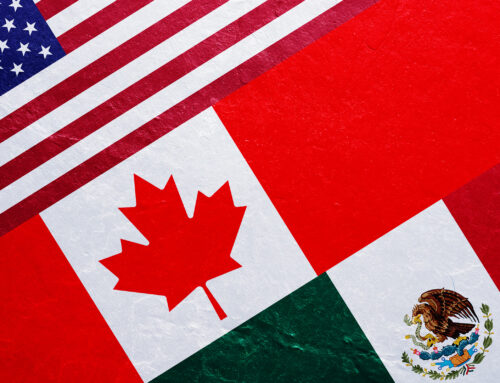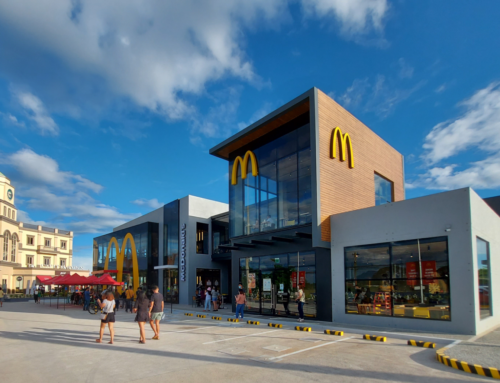By Paul Hunt, Chairman at Pricing Solutions
Increasing the prices on your menu is one of the most challenging and risky parts of running a successful restaurant business, but restaurants need to undergo it to keep up with costs. Yet it is often delayed due to the potential for getting it wrong and losing customers.
In this article, we will explore the best practices for restaurants to periodically raise menu prices, while maintaining or increasing profit margins and avoiding key areas of risk.
Menu Price Increase: A Huge Risk for Restaurants
Most restaurant businesses, particularly in the multi-unit QSR / fast casual sector, must periodically raise menu prices to account for increased input costs, such as rising food prices, exchange rates, tariffs, minimum wage increases, and general operating costs. The pressure to raise prices is significant and continuous.
These periodic price increase cycles — typically annual — can be described as management prayer sessions. The underlying cause of this “more revenues without losing customers” mantra is the inherent risk that increasing menu prices will result in guests fleeing. This is particularly true in the QSR / fast casual sector.
Why Are Price Increases So Challenging?
- The strategies most restaurants use to determine items and amounts of price increase are rudimentary. The menu is not properly segmented, transaction data is not analyzed to uncover pockets of value, the interrelationships between menu items are not well understood, and consumer reactions are not elicited as part of the decision-making process.
- About 20% of the items on an average QSR / fast casual restaurant menu are typically high-visibility convenience meals (bundles). We call these items “Sun Products” because they get high consumer attention on the restaurant menu. Think Subway foot-long sub meals, McDonald’s Big Mac meals, and Starbucks’ espresso beverages. These flagship products feature prominently in mass-market advertising. Consumers buy them repeatedly and become very sensitive to price increases. A large chunk of revenues come from this 20 % of ”Sun Products”. Pricing errors in these items can substantially harm your restaurant’s revenues and guest counts.
Best Practices for Successful Menu Price Increase
1. Consistent Incremental Small Price Adjustments

Annual or even semi-annual pricing cycles are often too infrequent to maintain and grow margins. Where menu printing costs are significant (e.g. traditional fine dining), less-frequent pricing changes may be appropriate.
In the QSR / fast casual sector with the industry moving to electronic menu boards and apps, it makes sense to make consistent pricing adjustments on a more frequent basis. (Note: Using electronic menus is a “must have” best practice. Without them your business is handcuffed).
Restaurant businesses can gain several benefits from frequent (e.g. quarterly) menu price increases:
- If food or labor prices rise rapidly (e.g. minimum wage increase) prices can be adjusted quickly to maintain margins.
- Each price increase becomes less risky and it prevents restaurants from getting locked into a money-losing situation for a long time.
- Frequent incremental price changes condition consumers to accept them. Price changes can desensitize buyers so they only notice large changes.
Smaller pricing increments across different items on the menu, as opposed to menu-wide increases, are typically more successful. For example, a good policy for a QSR is to limit price increases to 10 cents but do it on a more regular basis. Doing this in 10-20% of your menu items each quarter will normally result in the higher margin and far less risk than 40 cent annual increases across all menu items. In each adjustment cycle, different items are selected.
This approach allows guests to progressively get used to higher prices. In fact, they often do not notice the small price increases at all. This dramatically reduces the risk and allows restaurants to maintain and grow profits continuously.
2. Leverage Transaction Data!

Every restaurant has vast troves of transactional data. This is where the gold lies for your price optimization strategy, as it allows you to discover pricing opportunities that are all upside with minimal-to-no risk. The data provides access to the secrets of price elasticity and buyer behavior, such as frequency of purchase, percentage of items purchased on promotion, preferred time of day and day of the week, etc. When applied thoughtfully, these golden opportunities result in higher profits with no loss of volume.
For example, one of our clients was facing tough competition and needed to optimize menu prices without hurting traffic and ticket size. Out team conducted market research and quantified price elasticity to generate three levels of price recommendations for all products in all markets. The overall impact of the price optimization was roughly a two to seven percent potential increase in revenue with minimal loss in customer count.
To learn more about this project, read this case study on optimizing menu prices with pricing science.It’s critical to use proper data science on your transactional data. Most restaurant businesses don’t have this capability in house, yet the costs are relatively insignificant compared to the profit potential. If your business has at least 50 units then you could seriously benefit from partnering with an experienced pricing firm with advanced data analytics capabilities.





